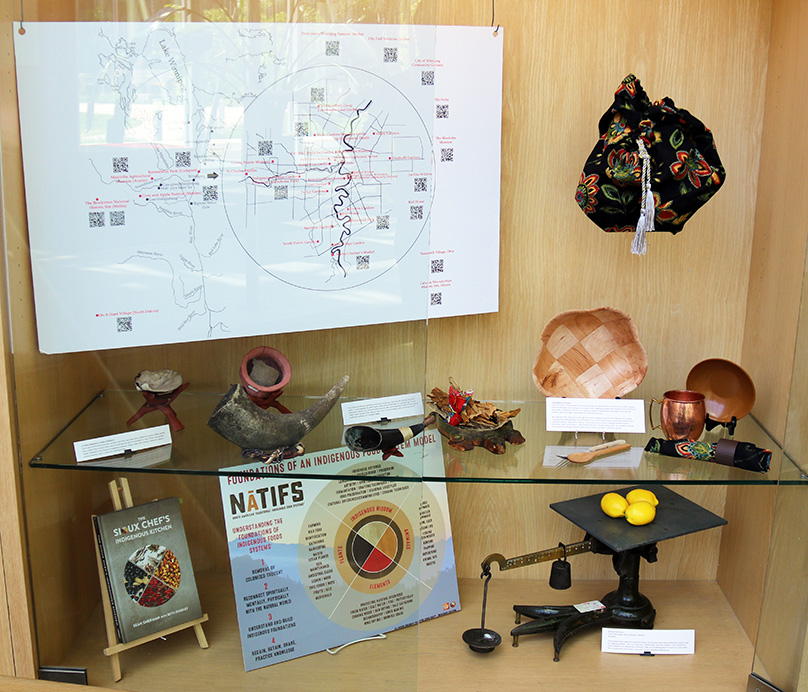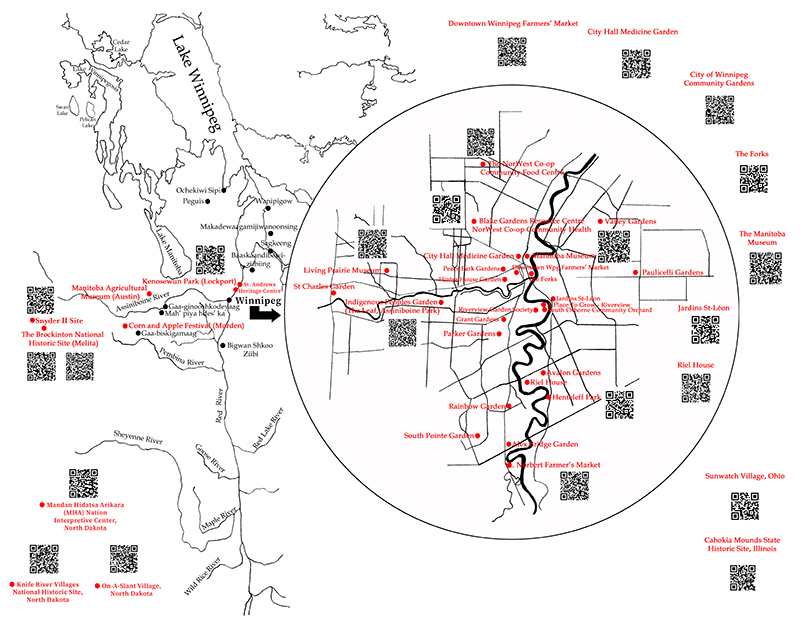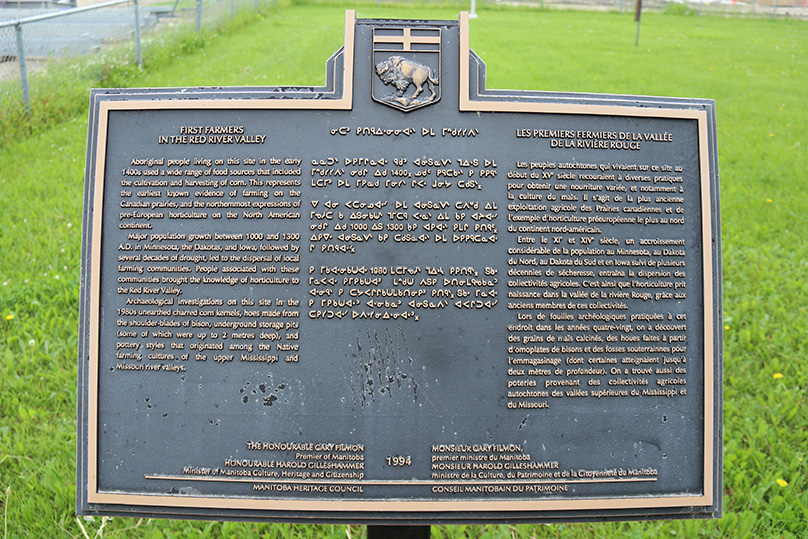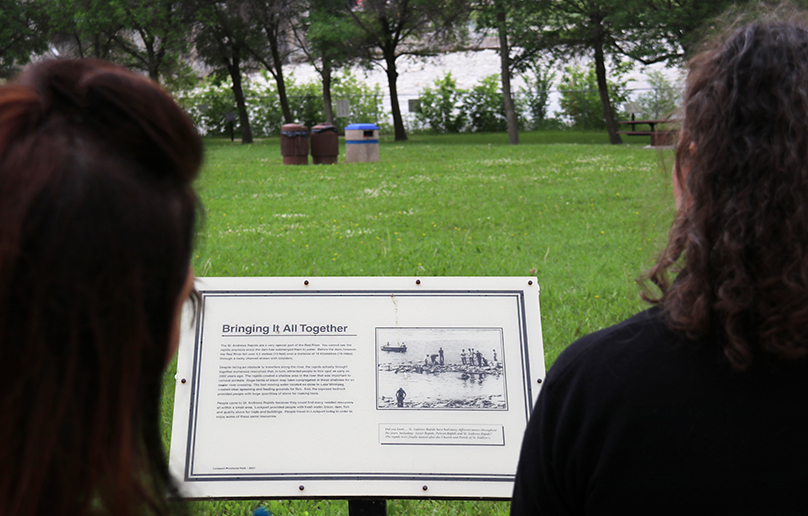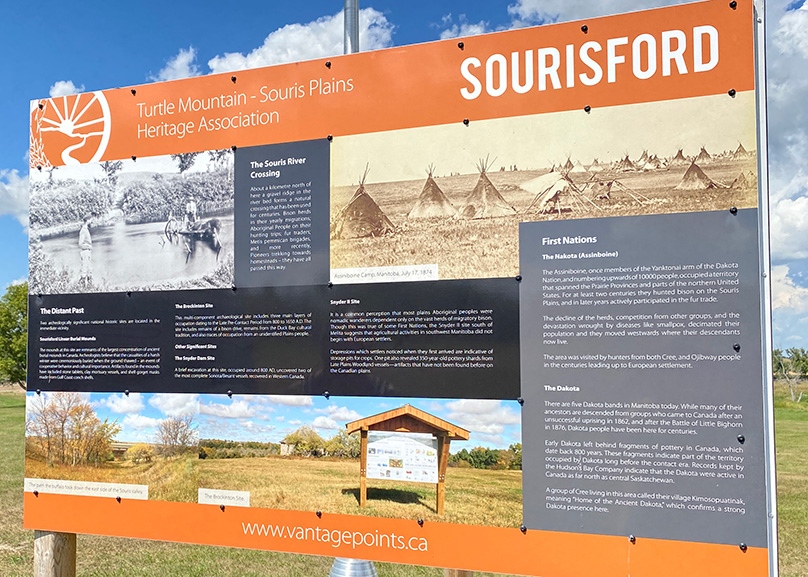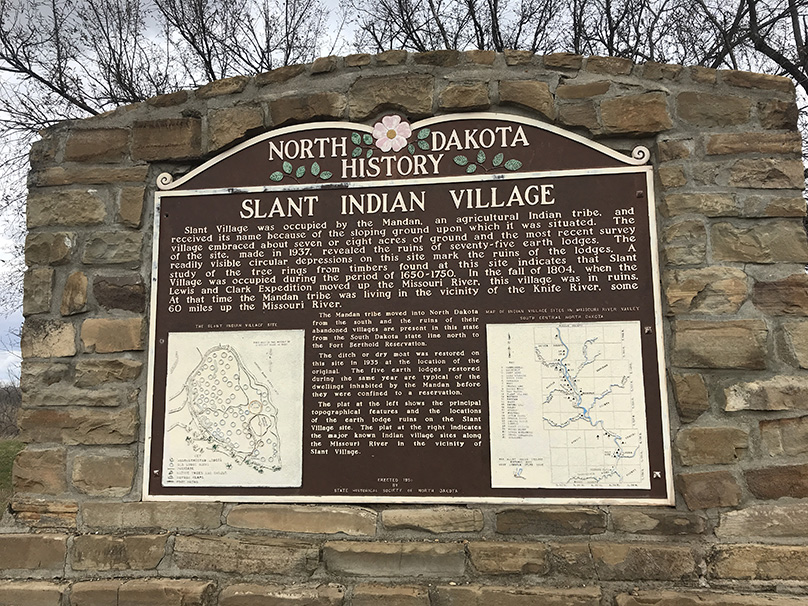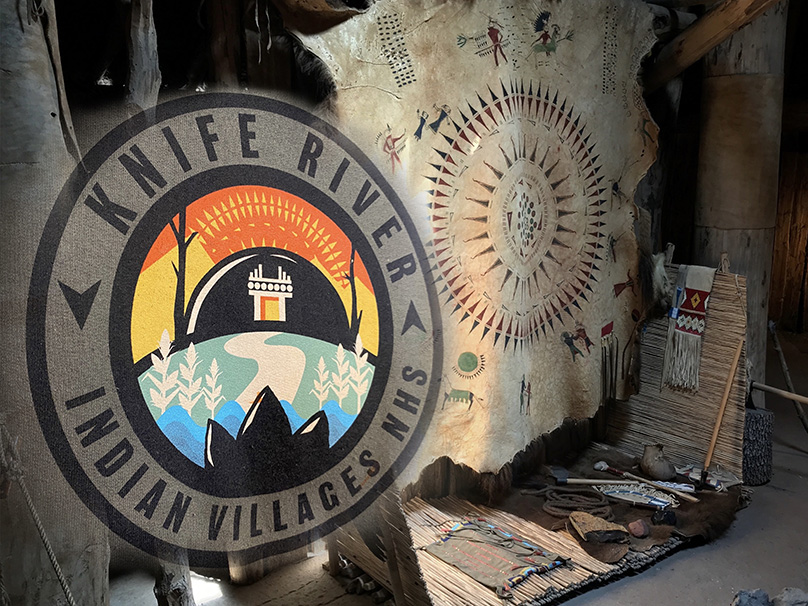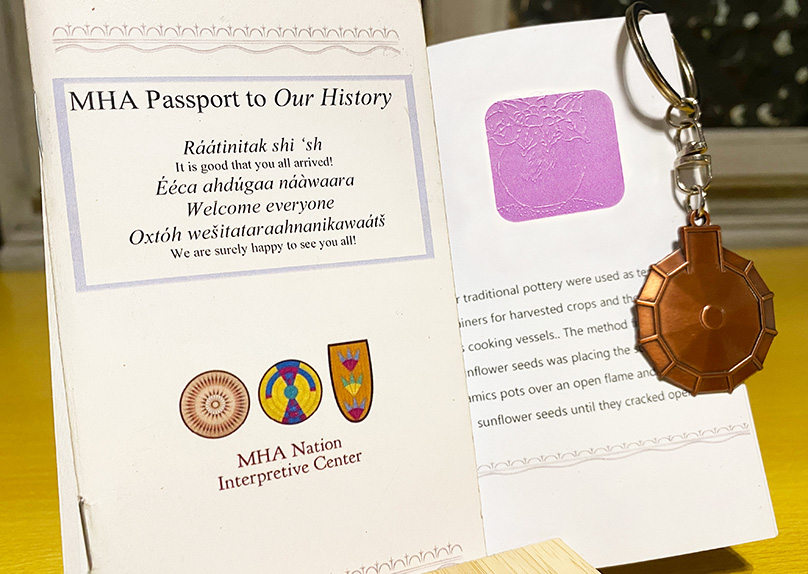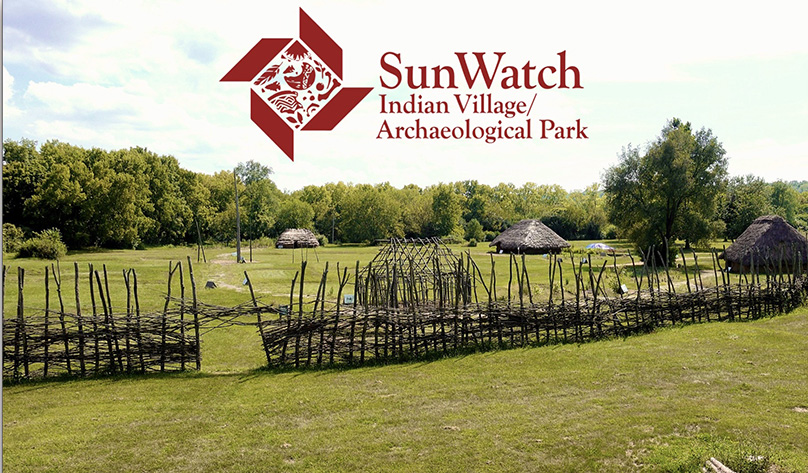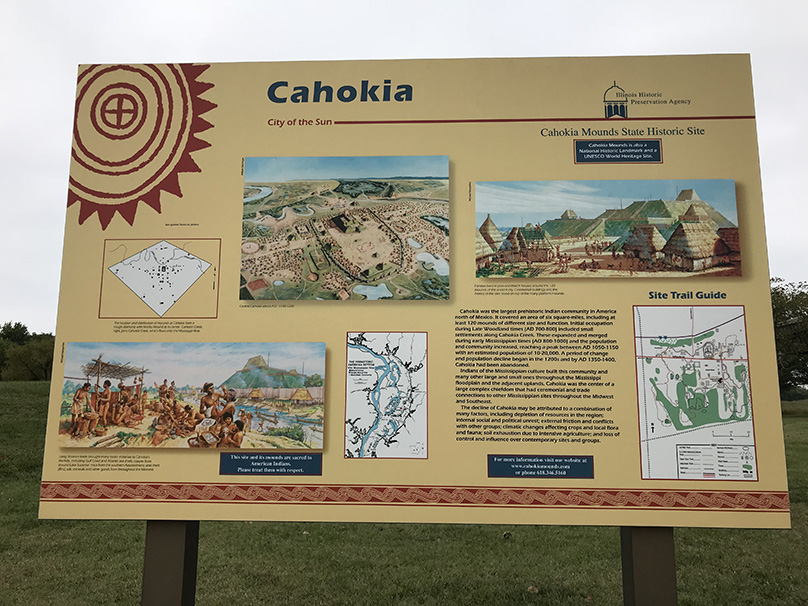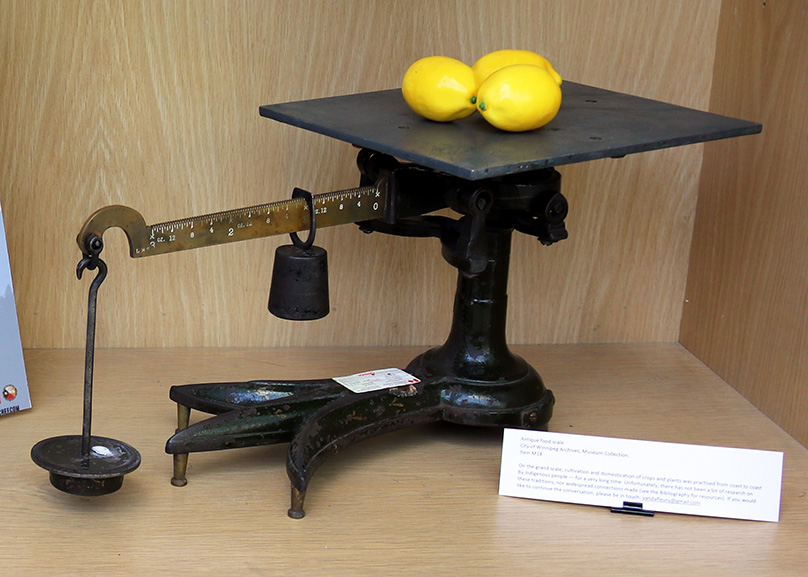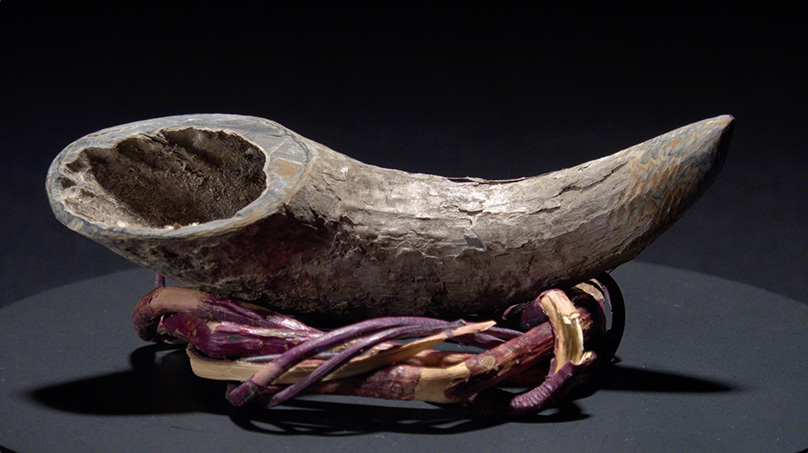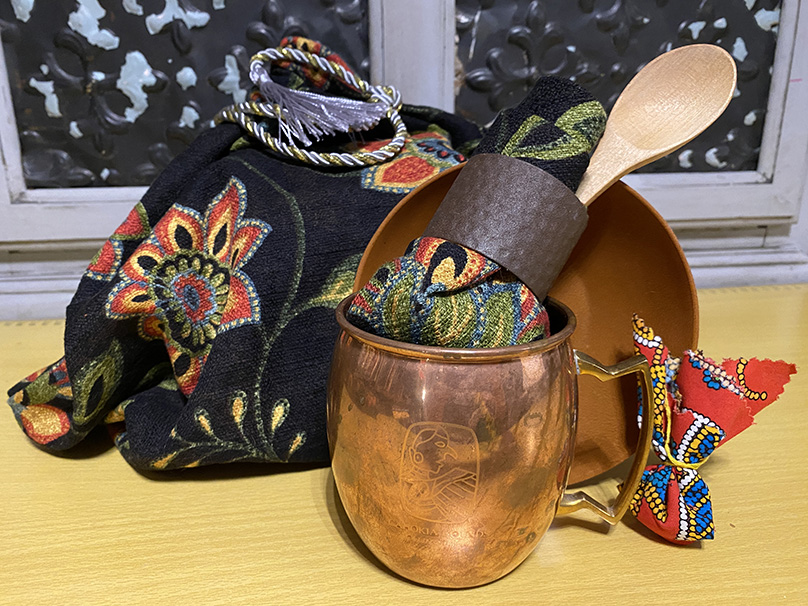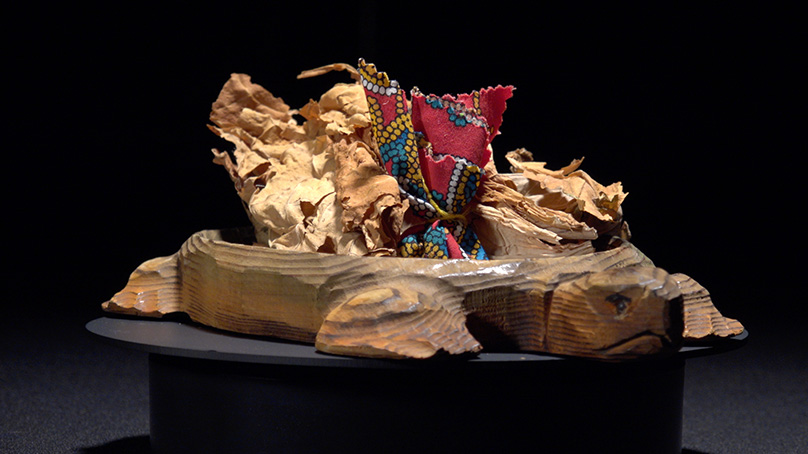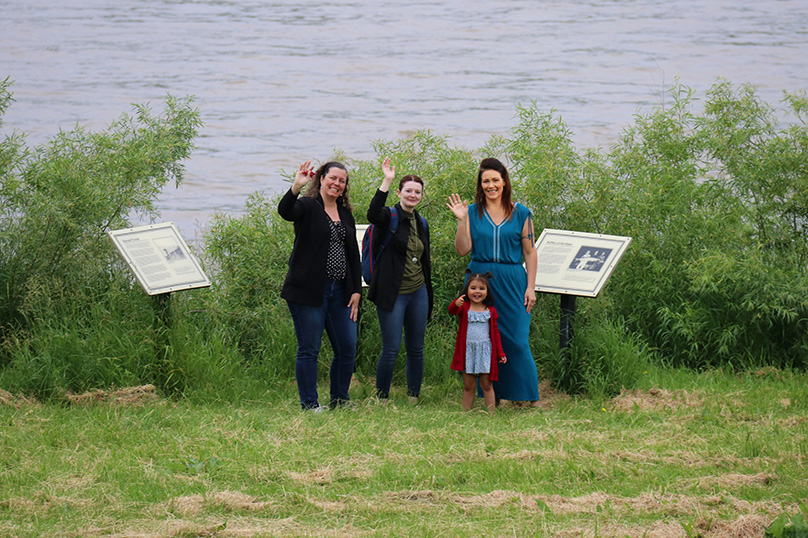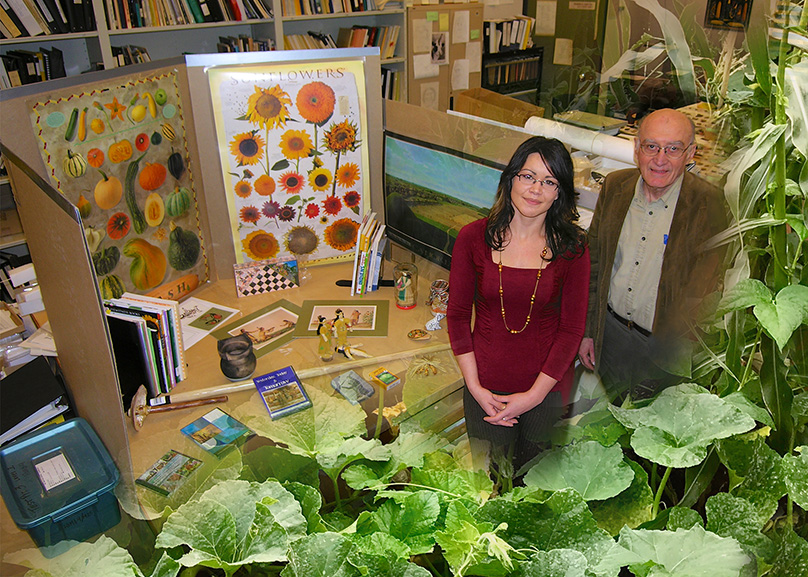Story Seeds – Part 8: Frame of reference
Objects in mirror are closer than they appear
Winnipeg is a central location for folks living across the province. This QR code map points you towards farmers’ markets, community gardens, and distinctive features, like one of the oldest farming sites in Canada! Located in the Greater Winnipeg area, Kenosewun Park (Lockport Heritage Park) at Lockport, Manitoba should be a stop on everyone’s map.
The map includes more Indigenous cultural landscapes. It invites exploration of the Snyder II site (Melita, Manitoba), The Mandan, Hidatsa, Arikara Nation Interpretive Centre (New Town, North Dakota), Knife River Villages (Stanton, North Dakota) On-A-Slant Village (Mandan / Bismark, North Dakota), Sunwatch Village (Dayton, Ohio), and Cahokia (St. Louis, Illinois).
Story Seeds presents an opportunity to create your own living memories. Many of these places are only a road trip away!
A story yet to be written
On the grand scale, the cultivation and domestication of crops and plants were practiced from coast to coast by Indigenous people — for a very long time. Unfortunately, there has not been a lot of research on these traditions, nor have widespread connections been made.
The “Foundations of an Indigenous Food System Model ” illustrates a relational approach that helps to weed out harms associated with myths of emptiness. It is produced by the North American Traditional Indigenous Food Systems (NATIFS), and it appears in The Sioux Chef’s Indigenous Kitchen by Sean Sherman.
This work shows us that, while history is important, it cannot be the final page.
Returning to the theme of reconciliation, your call to action is connecting to the food you eat, to the land, communities, and stories that make your growth possible.
This story is yet to be written!
In every spoonful, a taste of history!
Each of us has a relationship with the food we eat, with fluidity between the future, the past, and the present.
Did you know that every part of the bison served a purpose? Horn caps were once crafted into spoons, and other utensils were made from mussel shells, which could also be used as the blade of a hoe.
Pottery was another staple. Molded by the hands of Indigenous women, unique styles and creations reflected a potter’s cultural identity, each a vessel for self-expression.
Groundwork for action
Feast bundle bags are contemporary creations that Indigenous people bring to community feasts and events. Using them cuts down on single-use plastics and reduces excess garbage in landfills. They also encourage individual responsibility for cleanup.
We cultivate fresh perspectives through the choices that Indigenous youth are making. Creating a feast bundle bag is eco-friendly, community oriented, and culturally relevant.
Items to include in your feast bundle bag are a reusable plate, bowl, cup, serviette, utensils, and material for the bag. Adorn it with unique symbols and take it wherever you go!
My story bundle
Your feast bundle bag represents what you put into your body and how you feed your spirit. To acknowledge the gift of food, I keep tobacco offerings in my personal bag.
The tiny seeds were gifted to me from a friend in Barrows, Manitoba, and my grandma Gloria in the Assiniboine Valley makes bundles from tobacco that I grow in our Winnipeg Garden. At the core of my health and wellness are my Story Seeds.
Returning to Kenosewun
On behalf of our project team, thank you for acknowledging this work!
In the summer of 2022, we visited Kenosewun Park at Lockport, Manitoba, to celebrate the launch of Story Seeds at Millennium Library. A handful of corn seeds from the exhibit were returned to the land, including the Fleury family blend of tobacco ties used throughout the project. My partner and the youngest of my “Green-Beans” joined us for a walk around the grounds and a picnic. I am glad we could all share this experience.
I made my first visit to Kenosewun with staff and volunteers in the Programs Department at the Manitoba Museum in May 2008. I was hired as an animator for the former Grasslands Gallery through an Indigenous summer student grant funded by the City of Winnipeg. The opportunity came a few months after I moved from Westman to Winnipeg. It was a grounding force during that transition.
On that day, 14 years earlier, our group enjoyed a guided tour by E. Leigh Syms, who was then Associate Curator of Archaeology at the Manitoba Museum. The Grassland Gallery featured a small display called First Nations as First Farmers, and we wanted to explore local connections to Lockport. The Kenosewun Museum was open then. A display there featuring a bell-shaped storage cache from the floodplain enriched the experience.
Place-based approaches to learning have always cultivated my curiosity. From this experience grew my deep affinity for Indigenous crop and plant harvesting traditions that became the vision for Story Seeds.
Projection points
Story Seeds has roots in an Edukit that was developed for a travelling exhibit, “First Nations as First Farmers.” This exhibit was conceived by Leigh Syms and was intended to be a travelling exhibit of 32 panels, with an Edukit and a resource publication.
In 2008-2009, development of the exhibit panels and Edukit began. The research and production of the project was funded primarily by the Museum Assistance Program of Canadian Heritage. Grants from the Manitoba Heritage Grant Advisory Council and the Manitoba Museum Foundation added to this.
The exhibit project was terminated in January 2010, but the Edukit was completed through the volunteer effort of Vanda Fleury and Leigh Syms. In the summer of 2008, a City of Winnipeg grant funded much of the initial compilation of the discovery activities. It also funded the testing of some of these activities in the Museum galleries.
As part of these efforts, I would like to acknowledge:
Lila Knox, former Head of School and Educational Programming, who provided valuable suggestions for the Edukit. Her unconditional support is sincerely appreciated.
The Manitoba Museum, which provided office space, equipment such as computers, scanners, printers, materials, and supplies. An Arts and Cultural Institute of Manitoba internship grant for 500 hours also contributed to the production of the Edukit.
A heartfelt thank you is extended to Leigh Syms for his guidance, passion, inspiration, and friendship over the years.
